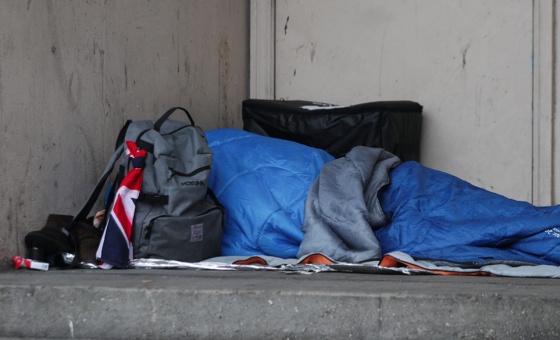This is the last article you can read this month
You can read more article this month
You can read more articles this month
Sorry your limit is up for this month
Reset on:
Please help support the Morning Star by subscribing here
A CRISIS of potentially global proportions looks to have been averted at the massive six-reactor nuclear power plant site at Zaporizhzhia, Ukraine. But the threat of a nuclear emergency is far from over.
As fire engulfed one of the plant buildings on March 3, Ukraine’s president, Volodymyr Zelensky, warned we could be facing “the end of Europe.” The country’s foreign minister Dmytro Kuleba said that an explosion at Zaporizhzhia “will be 10 times larger than Chernobyl.” They are right.
There is good reason to be gravely alarmed. Never before in our history has a war broken out in a region where there are operating nuclear power plants.
The Zaporizhzhia fire, which consumed an auxiliary building, is now out. Radiation readings remain normal. There was no nuclear disaster. This time. But Ukraine has 15 commercial reactors in all, at four sites. None of them are safe in a war zone.
Firing at, bombing or shelling a nuclear power plant is the height of recklessness. Fire is the number one danger for a reactor core melt. But a loss of offsite power is an equal threat and now a very real one as Ukraine may be forced for safety reasons to shut down the remaining nine of its 15 reactors still operating. The nuclear plants provide 50 per cent of the country’s electricity.
Even should all of Ukraine’s reactors be shut down, they still need power to cool the reactor core as well as the fuel pools. The pools are arguably a greater radiological danger as they are not housed within the protective containment building with the reactors and would release even more radioactivity if hit.
Operators would turn to backup diesel generators should offsite power be lost, but these do not always work and can run out of fuel. Inoperable backup power, as we saw in March 2011 at the Fukushima Daiichi nuclear power plant, can quickly lead to explosions and meltdowns.
Russian forces are now in control of Zaporizhzhia, as well as the closed, but still dangerous, Chernobyl nuclear site. But no-one is sure who is in charge and whether the workers have been able to rest adequately and change shifts, or if they are exhausted or fearful. All these factors impact safety.
The situation at Chernobyl is also by no means resolved. Even though all four reactors there are closed, a volatile mix of irradiated reactor fuel, radioactive sand and other sludges containing uranium and plutonium are stored at the site and are far from stable. While Unit 4 was destroyed in 1986, the other three units are still undergoing decommissioning. Chernobyl, too, requires offsite power to stay safe.
The severity of the situation that erupted at Zaporizhzhia last week prompted the International Atomic Energy Agency (IAEA) director-general,Rafael Mariano Grossi to declare that “the safety and security of nuclear facilities, and nuclear and other radioactive material, in Ukraine must under no circumstances be endangered.”
But it’s not enough to wag metaphorical fingers. A ceasefire is imperative so that peacekeepers and IAEA inspectors can go in and ensure that Ukraine’s reactors are being supervised by skilled and experienced personnel who are not working under duress.
Meanwhile, on Tuesday, as President Joe Biden issued a US ban on energy imports from Russia, uranium remains exempt. Despite a worldwide corporate exodus from business dealings in the country, US nuclear companies successfully lobbied the White House to keep the flow of cheap Russian uranium coming.
Russia, Kazakhstan and Uzbekistan provide close to 50 per cent of the uranium used in the United States’ 93 reactors. Russian crude oil makes up only 3.3 per cent of US imports. Choking off the uranium supply would therefore presumably deal Russia a greater economic blow than the oil ban.
Yet, if forced to buy more expensive uranium elsewhere, the already economically besieged US nuclear utilities would face a potentially fatal financial squeeze of their own.
All of this brings into sharp relief the reasons why nuclear power plants are a liability.
They represent a potentially catastrophic danger to human health should they fail, equally possible under the ever worsening weather extremes of the climate crisis as in a war zone.
The lobbying power of nuclear corporations exercises a stranglehold over governments, placing profits even before ethics by, in this instance, continuing to do business with Russia while others boycott.
If shut down — as Ukraine’s reactors may now need to be — they are of no use in a crisis when electricity is needed the most.
If Ukraine was reliant on wind and solar power, there would be no need to fear another Chernobyl or worse.
Linda Pentz Gunter is the founder and international specialist of the advocacy group Beyond Nuclear — Twitter: @BeyondNuclear.











